Innovative thinking - The driving force behind breakthroughs
Behind the strong growth picture is a process of transformation full of efforts, fostered by innovative thinking and the spirit of daring to look back to rise up. For Bac Giang, breaking the "isolation" in regional linkage, proactively restructuring the economy and being decisive in policy management has brought positive results in growth and laid the foundation for a long-term development cycle.
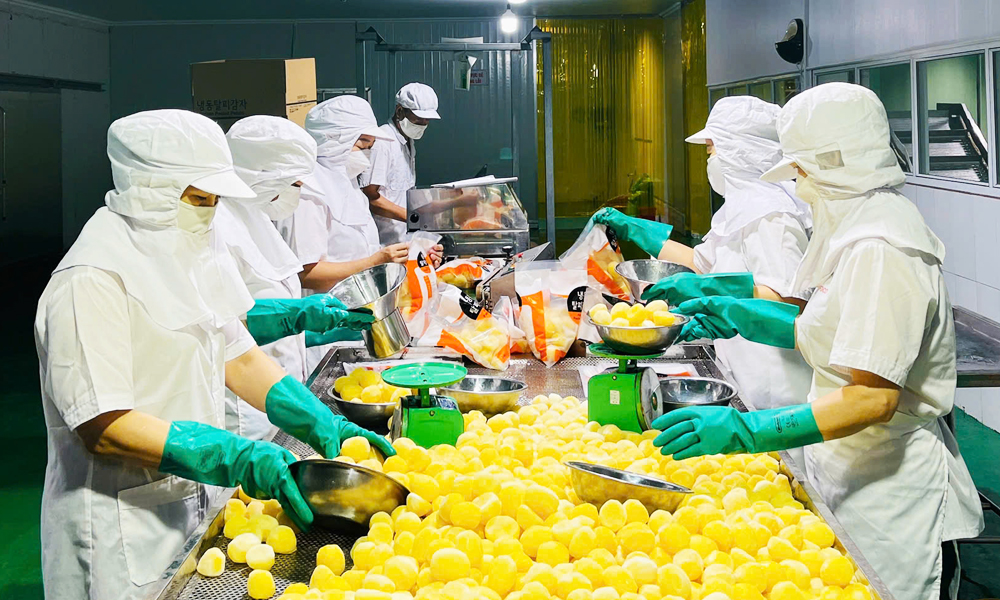 |
Agricultural processing line at Vifoco Bac Giang Import Export Joint Stock Company. |
Right from the beginning of the 2020 - 2025 term, the 19th Provincial Party Congress clearly identified the target of an average GRDP growth of 14-15%/year, while focusing on three strategic breakthroughs: Developing infrastructure; improving the quality of human resources; administrative reform and improving the investment and business environment. Up to now, many major targets have not only reached the target early but also exceeded expectations, reflecting the capacity to organize and implement synchronously and consistently in development thinking.
According to Mr. Nguyen Cuong, Permanent Vice Chairman of the Provincial Business Association, former Deputy Director of the Department of Planning and Investment (now the Department of Finance), Bac Giang's remarkable progress in recent years stems from a change in leadership thinking. That is the determination to promote industrialization, strongly improve the investment environment and break the isolation in regional linkages. For many consecutive terms, the province has clearly identified: To develop quickly and sustainably, it cannot stand outside the growth triangle of Hanoi - Hai Phong - Quang Ninh. Therefore, Bac Giang has made the right choice and persistently pursued the strategy: Investing in regional connectivity transport infrastructure, mobilizing both local resources and support from the Central Government to expand development space.
Along with investment in external transport, Bac Giang also promotes the re-planning of the intra-provincial transport system, expanding development space and creating new space for disadvantaged areas. In particular, the policy of supporting the construction of rural roads is a prominent highlight, marking a shift in leadership thinking, which is to concretize resolutions with actions and mobilize people's strength in a sustainable manner. Thousands of kilometers of rural roads have been newly opened and upgraded, doubling the original plan.
Many villages have two-lane roads with lighting, just like miniature cities. This infrastructure has created the premise for the production of high-quality fruits and agricultural products according to VietGAP and GlobalGAP standards to reach the international market. The development is concentrated in both urban areas and remote areas, in line with the spirit of leaving no one behind, making Bac Giang a livable place.
Development platform from reform and internal strength
Realizing that industrialization cannot be successful without “soft” infrastructure, Bac Giang has proactively proposed to the Central Government and coordinated with enterprises to invest in a synchronous system of electricity, water, and telecommunications, ensuring essential conditions for the development of modern industry and agriculture. Along with that is the effort to build quality human resources, training according to practical needs associated with the requirements of economic restructuring.
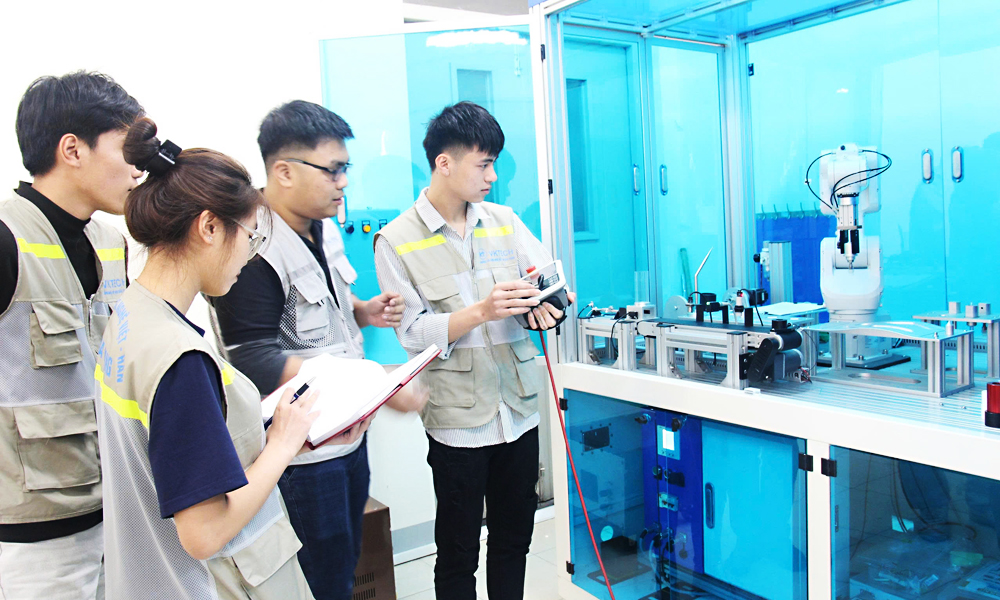 |
Students of Vietnam - Korea College of Technology in a practical session on semiconductor technology. |
Another fundamental breakthrough is administrative reform – strongly improving the investment and business environment. Bac Giang considers the success of investors as its own success. The province has continuously improved its ranking, becoming the locality with the fastest improvement in the Provincial Competitiveness Index (PCI) in the country over the past 20 years (2005–2024). From that effort, the investment momentum has spread strongly, creating trust from the domestic and foreign business community. Industry has developed rapidly, creating jobs, collecting budget revenue and promoting other sectors to move together.
| Bac Giang has continuously improved its ranking, becoming the locality with the fastest improvement in provincial competitiveness index in the country over the past 20 years (2005–2024). From that effort, the investment momentum has spread strongly, creating trust from the domestic and foreign business community. |
In addition to effectively utilizing central resources, Bac Giang has also persistently relied on itself and promoted its internal strength to carry out strategic breakthroughs. The focus is on promoting industry, a sector that has contributed greatly to the budget, created jobs, attracted workers and experts from many localities to live and work, and increased people's income.
From industrial development, urban areas also change, taking advantage of green and clean agricultural space to form residential land funds, creating revolving resources for infrastructure and service investment. A closed development cycle is gradually formed, in which industry plays the leading role in urbanization and improving people's lives.
Identify bottlenecks
Despite many achievements, Bac Giang still faces many bottlenecks that can slow down development if not identified and handled promptly. Although industry is the main driving force, it depends heavily on FDI enterprises, making the economy vulnerable to global fluctuations. Domestic enterprises are still small and weak, unable to participate in the supply chain, while the industrial cluster model has not yet been clearly formed. In fact, many investors leave when the incentive period expires, raising questions about the sustainability of investment attraction as well as the mechanism to retain enterprises in the locality for a long time.
Another major bottleneck lies in the planning and development of infrastructure in industrial zones and clusters: The lack of synchronization, overlapping or slow adjustment to reality in planning has caused many projects to stagnate. At times, the province does not have enough clean land to receive large investors. Meanwhile, infrastructure rental prices in some areas have been pushed up but lack a reasonable monitoring mechanism, causing fear and directly affecting the investment environment.
Rapid growth has been accompanied by quality gaps, especially in human resources. Local labor has not kept up with the demands of modern industry, leading to a shortage of technicians and skilled workers in many key industries. State management is also limited. Many projects are behind schedule, not implemented but have not been handled promptly. Some businesses violate financial obligations, evade taxes, delay social insurance payments or owe workers wages. In addition, the rapid pace of industrialization poses a risk of environmental pollution, urban planning has not kept up and has given rise to many social problems, from security and order to a lack of essential services for workers and experts.
Despite the high results in attracting investment, the actual contribution to the budget is still limited, reflecting that the quality of investment is not commensurate with the number of projects. The monitoring of incentives, tax obligations and corporate social responsibility is still a gap that needs to be filled.
Besides industry, the agricultural sector also shows many sustainability issues. Growth rate tends to slow down and lack stability; labor productivity is still low; value chain linkage and consumption market connection are not tight. Attracting businesses to invest in agriculture, especially high-tech agriculture, still faces barriers due to lack of suitable land fund, unsynchronized infrastructure and high investment risks.
Meanwhile, industry has developed strongly but urban and service sectors have not kept up – creating an imbalance in the development structure. Bac Giang still lacks industrial support services such as logistics, worker housing, kindergartens, cultural and sports facilities. Services for experts and foreigners such as accommodation, high-quality cuisine and entertainment are also very limited, reducing the attractiveness and long-term competitiveness of the province.
Many experts believe that Bac Giang's investment attraction policy is still quite open but lacks careful screening to select quality investors with long-term commitment. The lack of binding mechanisms for technology transfer, linkages with domestic enterprises as well as post-investment incentive control measures are loopholes that need to be addressed soon.
In addition, administrative procedures in some areas are still cumbersome, prolonging the time to access development opportunities. Many large corporations come but only build production facilities without sharing core knowledge, making it difficult for the local economy to improve its self-reliance capacity. The risk of "quick capital withdrawal" is always present if the province does not prepare carefully in terms of infrastructure, policies and management capacity.
From the identified bottlenecks and lessons learned, Bac Giang is facing an urgent need: Perfecting the mechanism, improving the quality of investment attraction and synchronously developing the three pillars of industry, agriculture and services. This is not only a warning from reality but also a preparation step to enter a new era of development - when the province expands its development space and elevates its mission in the regional structure after merging with Bac Ninh province.
(To be continued)
Source: https://baobacgiang.vn/giai-ma-suc-bat-bac-giang-hien-tuong-tang-truong-kinh-te-cua-viet-nam-bai-4-bai-hoc-kinh-nghiem-va-nhung-diem-nghen-postid419053.bbg


![[Photo] Journalists moved to tears at the Memorial Service for the soldiers who died in Gac Ma](https://vphoto.vietnam.vn/thumb/1200x675/vietnam/resource/IMAGE/2025/5/30/9454613a55c54c16bf8c0efa51883456)
![[Photo] Prime Minister Pham Minh Chinh attends the event "Digital transformation of the banking industry by 2025"](https://vphoto.vietnam.vn/thumb/1200x675/vietnam/resource/IMAGE/2025/5/29/0e34cc7261d74e26b7f87cadff763eae)



![[Photo] A delegation of 100 journalists from the Vietnam Journalists Association visits the soldiers and people of Truong Sa island district.](https://vphoto.vietnam.vn/thumb/1200x675/vietnam/resource/IMAGE/2025/5/30/0984a986227d4e988177f560d2e1563e)
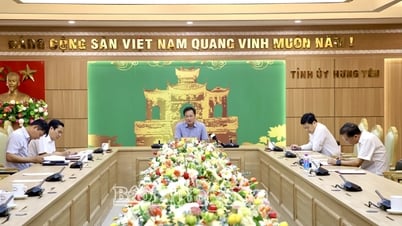

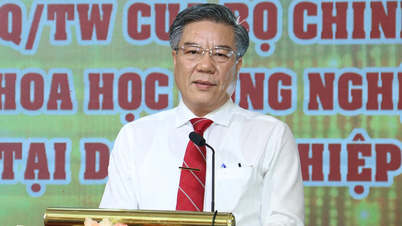

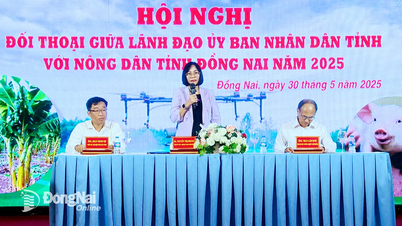
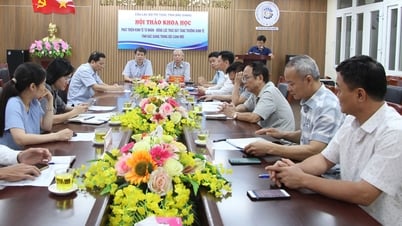
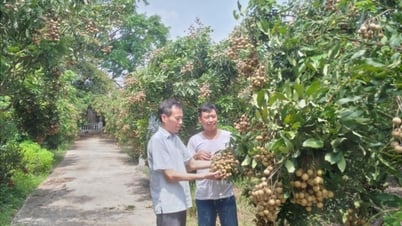






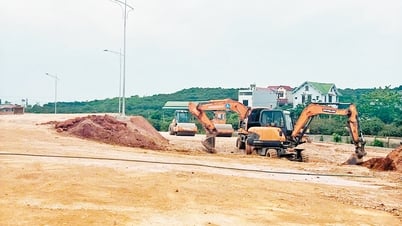
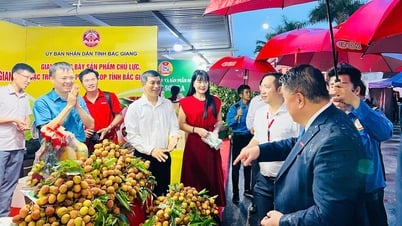
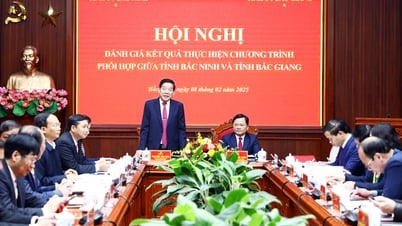
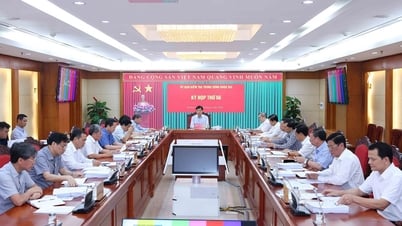
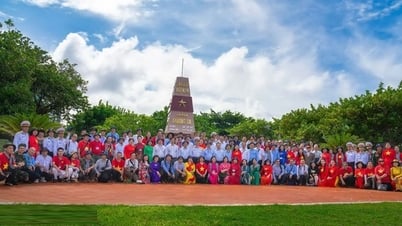
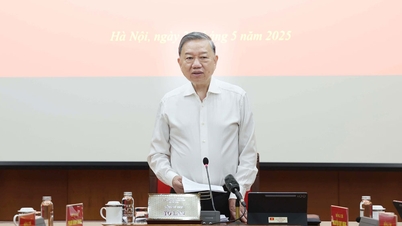











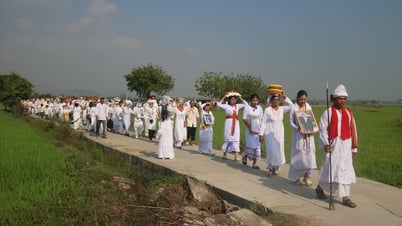















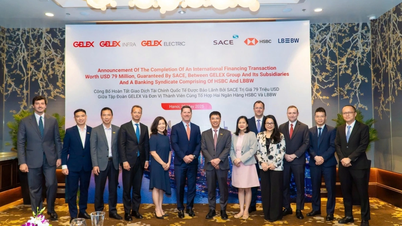



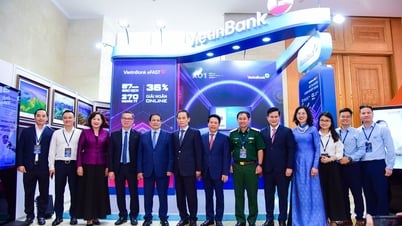












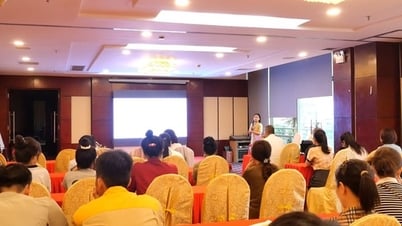
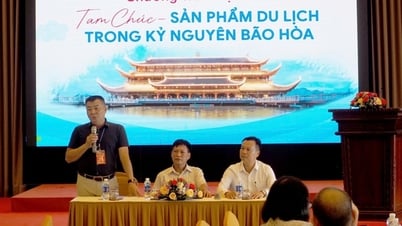

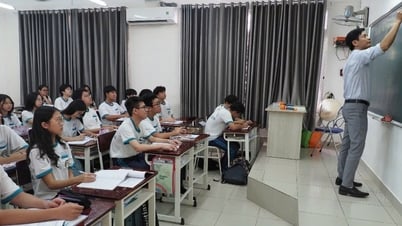

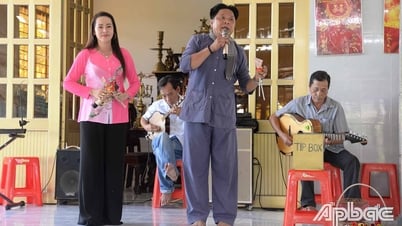

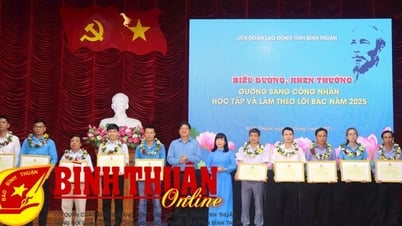








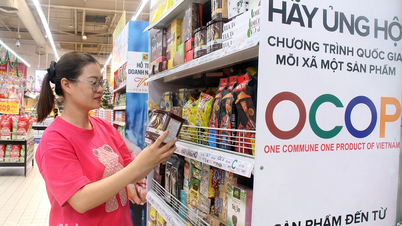
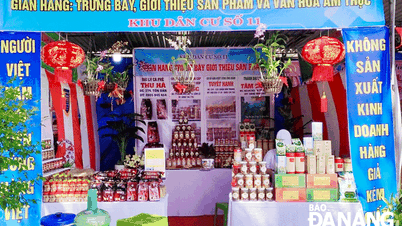






Comment (0)